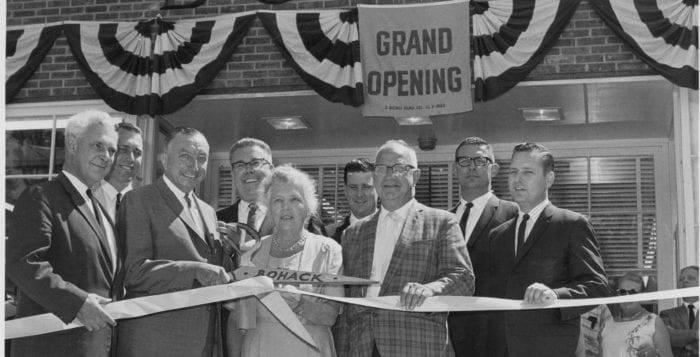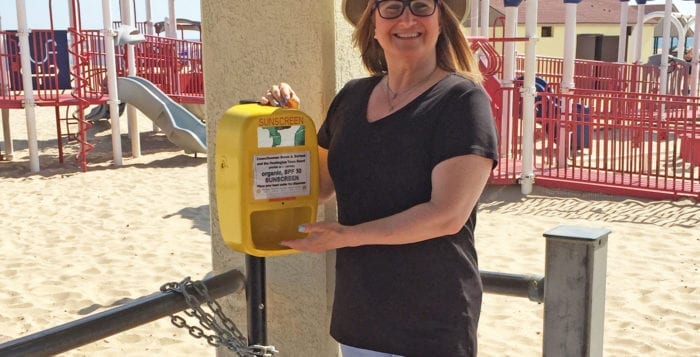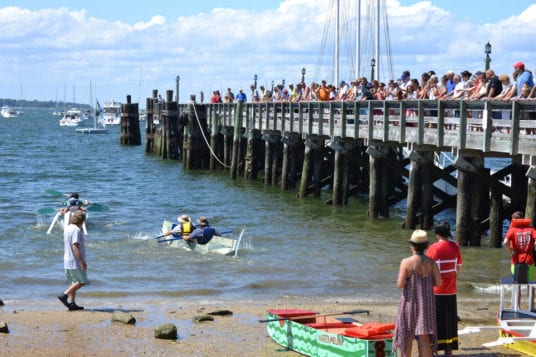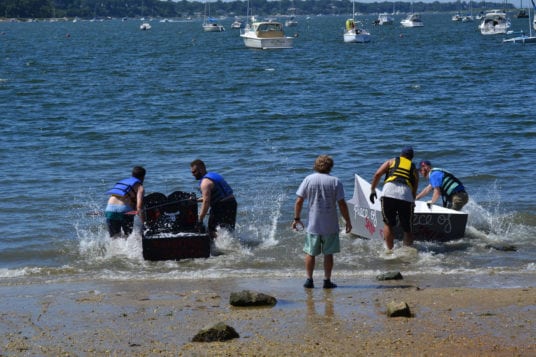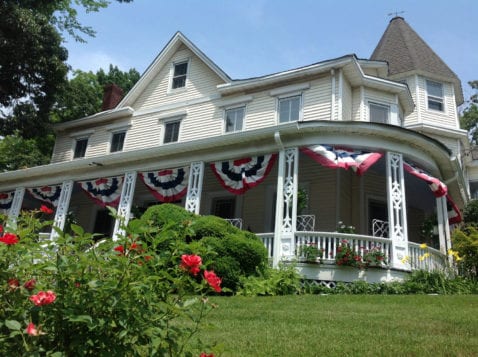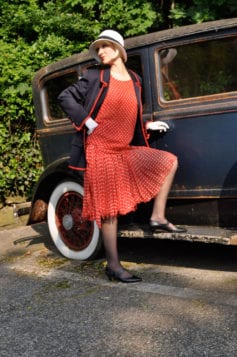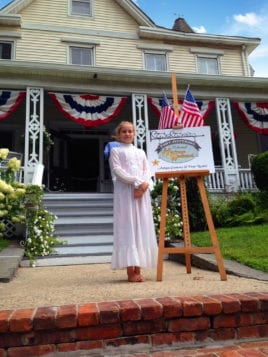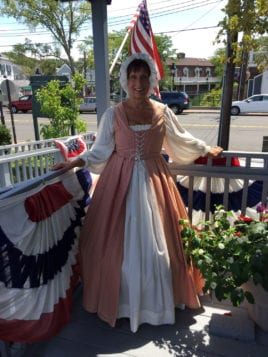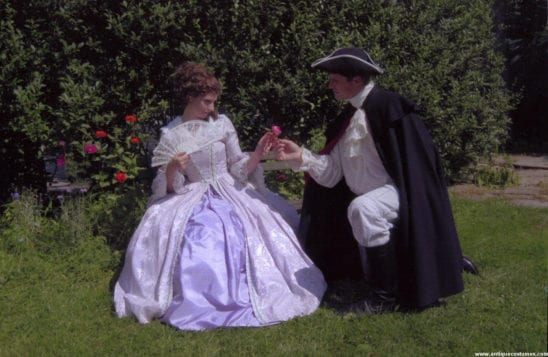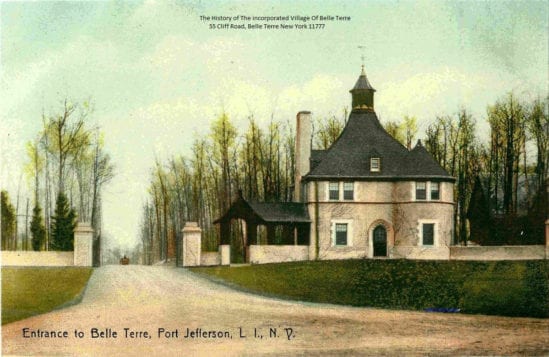By Joseph Wolkin
Smithtown’s Residential Repair Program is out in full force this summer. With no cost of labor, participants must only provide the materials being used.
Assisting seniors 60 years old and over, the repair program looks to make an impact on the local community, giving back to those who don’t want to risk any injury while making a repair.
Laura Greif, program director, said residents are responding well to the service.
“I think people love this program,” she said in a phone interview. “It’s nice to know the community can assist seniors in their homes. This program is for renters also. You can have someone come do a repair for you instead of having the charge of paying for a plumber or electrician. But it’s only minor repairs.”
The repair program has five part-time workers, with hopes of hiring a sixth one shortly, Greif said. Serving anywhere from 10 to 15 people a day, the program director believes the organization is making a great impact on the local community.
Services range from changing light bulbs and smoke detectors, to repairing faucets and even cleaning first floor gutters.
Funding for the Residential Repair Program is provided by the New York State Office for the Aging, Suffolk County Office for the Aging and Town of Smithtown.
“The program is a state, county and town-funded program,” Greif said. “The idea of this program is to keep our seniors safe in their homes. We provide small repair services for them, like light bulbs changed, smoke detectors, weatherization, their faucets are leaking or they need them changed, and all they do is pay for the materials.”
Steve Ingram, an employee who works for the program, recognizes the impact they make within the Smithtown community.
“We go into the homes and work on minor plumbing, replace a faucet, the insides of a toilet, minor electrical work, replace light switches and outlets, change light bulbs that the seniors can’t reach, minor carpentry and just safety-related items,” Ingram said in a phone interview. “We do minor repairs that don’t require a licensed electrician or plumber to do the work.
But Ingram said the safety jobs are the most crucial service they provide to seniors.
“The most important things we do are the safety-related items, like changing carbon monoxide detectors and smoke detectors, because it’s just important we get right on top of those,” he said. “When they call those in, we’re usually on them by the next day.”
The employees are maintenance mechanics, but are not licensed plumbers or electricians, Greif said.
The positive feedback ranks among the most enjoyable parts of helping out the seniors of Smithtown, according to the workers involved.
“It is a great feeling to help the seniors,” Ingram said. “When I first took the job, I anticipated that I would get some type of satisfaction in helping them. The feedback that we get from them is what helps the program as well. It’s great for all of us.”
For people who want a service performed at their house, call the organization’s office at 631-360-7616. All patrons must complete a work order that states what services they need done, along with answering a few additional questions for the program’s reporting purposes.

